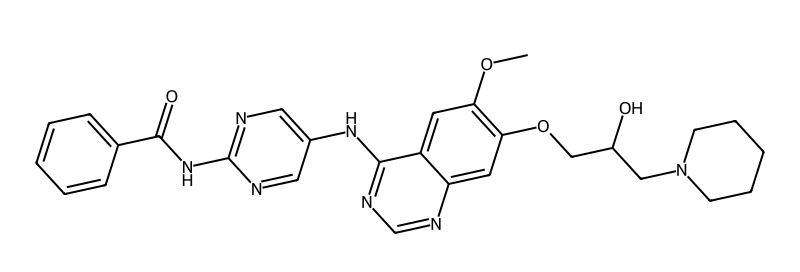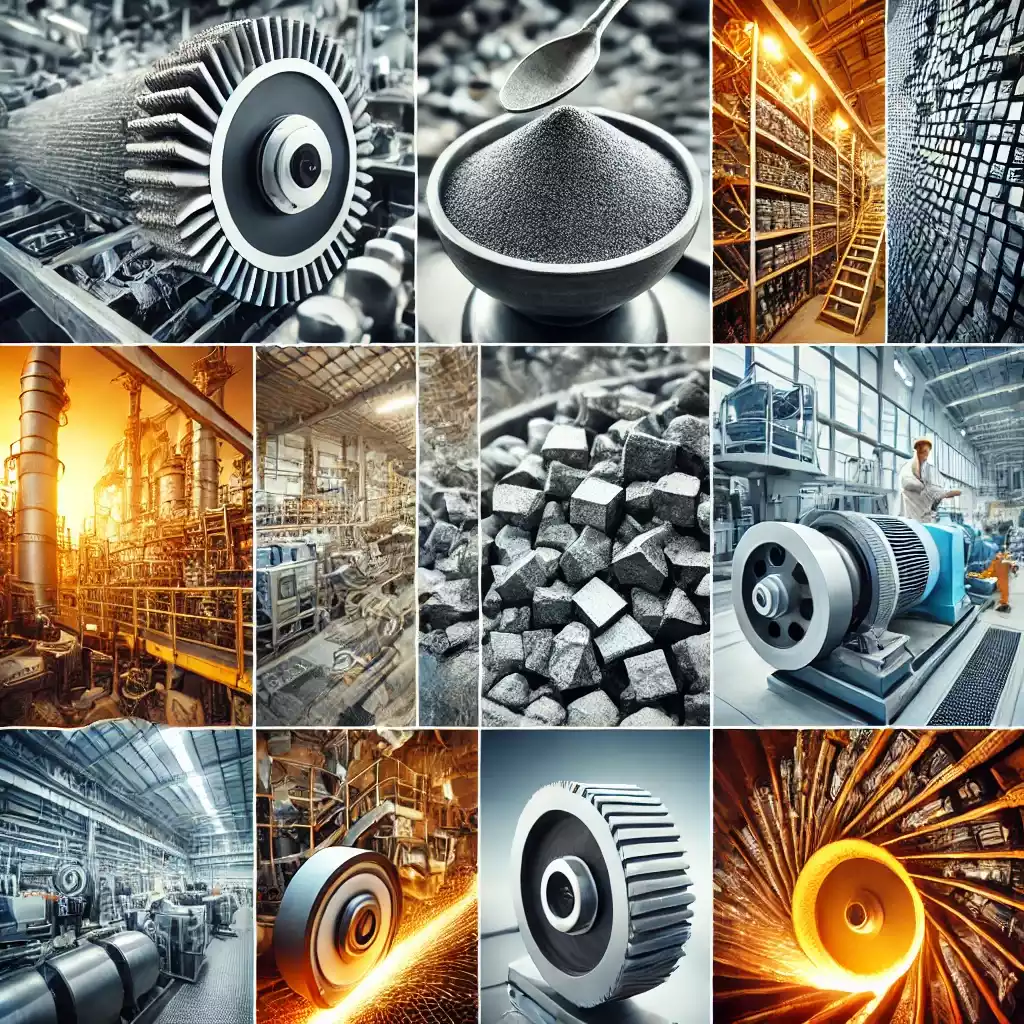![]()

¿Qué es el molibdato de amonio tetrahidratado?
Tabla de contenido
¿Qué es exactamente el molibdato de amonio tetrahidratado?
Ahora, analicemos el asunto. El tetrahidrato de molibdato de amonio (AMT) parece algo que encontrarías en un laboratorio, ¿verdad? Pero podría estar en tu jardín, en tu coche o incluso en tu teléfono.
- AmonioPiensa en la vibración del fertilizante. Es ese fertilizante rico en nitrógeno que tanto les encanta a las plantas.
- molibdato:Proviene del molibdeno, un metal más raro que el oro en la corteza terrestre (en serio, solo 1,2 partes por millón).
- Tetrahidrato:Viene con cuatro moléculas de agua.
Entonces, AMT (tetrahidrato de molibdato de amonio) Es esencialmente un cristal soluble en agua que parece una sal sofisticada, pero que hace mucho más de lo esperado. Fórmula química: (NH₄)₂MoO₄·4H₂O.

¿Por qué debería importarnos? Porque está en todas partes.
1. El secreto mejor guardado de la agricultura
Las plantas necesitan molibdeno tanto como los humanos necesitamos vitaminas. El AMT se añade a los fertilizantes para ayudar a cultivos como la soja y la espinaca a absorber mejor el nitrógeno.
Ejemplo de conversación realUn agricultor de Iowa aplicó AMT a su suelo y vio un aumento del 22 % en la producción de soja. Esa es la diferencia entre una cosecha mediocre y pagar el préstamo de su tractor.
2. El MVP en la fábrica
La AMT es el punto de partida de los catalizadores, esos auxiliares invisibles que aceleran las reacciones químicas. Por ejemplo:
- Refinación de petróleo:Convertir el petróleo crudo maloliente y con alto contenido de azufre en gasolina limpia.
- Producción de plástico:Hace que sus bolsas de compras sean lo suficientemente resistentes como para sostener una sandía sin romperse.
Shandong Honrel (Consulta nuestros catalizadores aquí) utilizar AMT (Molibdato de amonio tetrahidratado) para hacer cosas como Paladio sobre alúmina, un catalizador que es básicamente el Usain Bolt de las reacciones de hidrogenación.
3. El Tecnología sin la cual no puedes vivir
¿La batería de tu teléfono? La AMT ayuda a estabilizar los electrodos de iones de litio. ¿Ese nuevo panel solar en tu tejado? Los semiconductores dopados con AMT lo hacen funcionar.
En númerosLa industria mundial de baterías utiliza unas 800 toneladas de AMT al año. Eso equivale a una cantidad equivalente a 160 elefantes en sustancias químicas.
Por supuesto, hay un lado oscuro en esto: riesgos y desafíos.
La AMT no es todo color de rosa. Aquí está el té:
| Cosas buenas | Cosas malas |
|---|---|
| Se disuelve fácilmente en agua. | Tóxico si se ingiere o inhala. |
| Barato (~$50/kg) | La minería de molibdeno daña los ecosistemas |
| Locamente versátil | Requiere trajes de materiales peligrosos para su manipulación. |
Historia real:Un trabajador de fábrica nos dijo una vez: “La AMT es como una salsa picante: es deliciosa en pequeñas dosis, pero no es buena idea tomarla de un trago”.

Cómo se hace: De las rocas a la ciencia espacial
¿Alguna vez te preguntaste cómo llega el AMT desde una mina a tu iPhone? Empresas como Shandong Honrel (Sí, la empresa que fabrica catalizadores de paladio) hace esto:
- Excavar y disolver:Extraer el mineral de molibdeno y luego remojarlo en ácido.
- Filtrar la basura:Elimina impurezas como el cobre (nadie quiere eso en sus catalizadores).
- Finalmente cristalizando:Mezclar con sales de amonio y dejar cristalizar.
Control de calidadHonrel utiliza máquinas de rayos X (sí, como las del aeropuerto) para garantizar una pureza del 99,9 %. Al construir motores a reacción, no hay margen de error.
AMT en otras industrias: ¿Quién lo utiliza?
- ClariantEste gigante químico utiliza el AMT de Honrel para fabricar catalizadores de hidrógeno limpio. ¿Su reseña? El producto de Honrel reduce nuestro tiempo de I+D en un tercio. ¡El cielo es el límite!
- Compañía holandesa FarmTechReducí el costo de fertilizantes en un 18% con las mezclas AMT de Honrel. Los tomates están jugosos.
La tecnología verde y el futuro
A medida que las regulaciones climáticas se vuelven más estrictas, el AMT está mejorando:
- ReciclajeHonrel ahora reutiliza el 95% del agua en su producción de AMT.
- Truco para las algas: Probando algas para extraer molibdeno en lugar de minería. Sí, algas.
Predicción:La demanda de AMT aumentará un 6,5% anual hasta 2030. Paneles solares, vehículos eléctricos, carne cultivada en laboratorio... lo que se le ocurra, probablemente el AMT esté involucrado.
Fin
El AMT no es gran cosa. No se viralizará en TikTok. Pero sin él, las granjas quebrarían, los coches contaminarían y tu teléfono se quedaría sin batería en pleno día. La próxima vez que veas un aerogenerador o comas una ensalada, rinde homenaje a este químico olvidado.
Y oye, si tienes curiosidad, Honrel Molibdato de amonio tetrahidratado (Tome muestras aquí)) te conectará.




